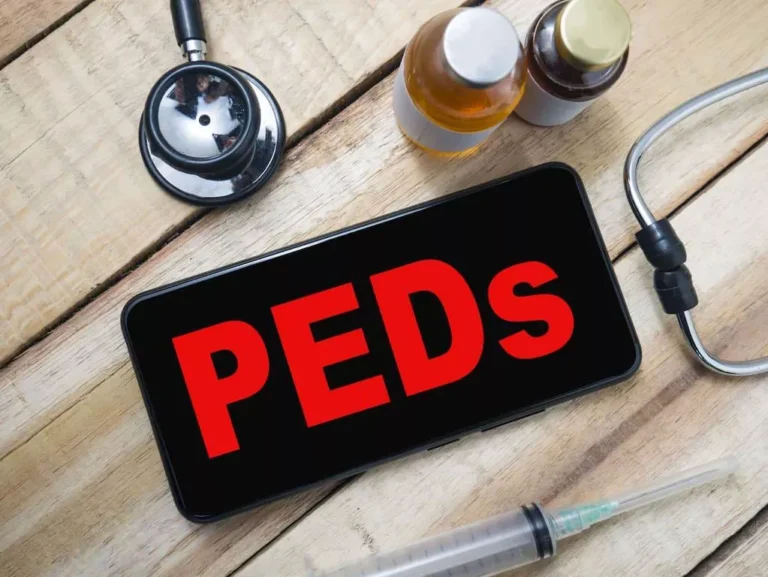Expanding the continuum of substance use disorder treatment: Nonabstinence approaches PMC

In this model, treatment success is defined as achieving and sustaining total abstinence from alcohol and drugs, and readiness for treatment is conflated with commitment to abstinence (e.g., Harrell, Trenz, Scherer, Martins, & Latimer, 2013). Additionally, the system is punitive to those who do not achieve abstinence, as exemplified by the widespread practice of involuntary treatment discharge for those who return to use (White, Scott, Dennis, & Boyle, 2005). Findings concerning possible genetic https://ecosoberhouse.com/article/writing-a-goodbye-letter-to-alcohol/ moderators of response to acamprosate have been reported [99], but are preliminary. Additionally, other findings suggest the influence of a DRD4 variable number of tandem repeats (VNTR) polymorphism on response to olanzapine, a dopamine antagonist that has been studied as an experimental treatment for alcohol problems. Olanzapine was found to reduce alcohol-related craving those with the long-repeat VNTR (DRD4 L), but not individuals with the short-repeat version (DRD4 S; [100,101]).
Expanding the continuum of substance use disorder treatment: Nonabstinence approaches
- As the client gains new skills and feels successful in implementing them, he or she can view the process of change as similar to other situations that require the acquisition of a new skill.
- Multiple versions of harm reduction psychotherapy for alcohol and drug use have been described in detail but not yet studied empirically.
- However, to date, there has been no systematic review of the effects of abstinence across multiple potential behavioral addictions.
- A number of studies have examined psychosocial risk reduction interventions for individuals with high-risk drug use, especially people who inject drugs.
- According to these models, the relapse process begins prior to the first posttreatment alcohol use and continues after the initial use.
- In the first study to examine relapse in relation to phasic changes in SE [46], researchers reported results that appear consistent with the dynamic model of relapse.
In one of the first studies to examine this effect, Herman and Mack experimentally violated the diets of dieters by requiring them to drink a milkshake, a high-calorie food, as part of a supposed taste perception study [27]. Although non-dieters ate less after consuming the milkshakes, presumably because they were full, dieters paradoxically ate more after having the milkshake (Figure 1a). This disinhibition of dietary restraint has been replicated numerous times [20,28] and demonstrates that dieters often eat a great deal after they perceive their diets to be broken.
Cognitive neuroscience of self-regulation failure
Shiffman and colleagues [68] found that restorative coping following a smoking lapse decreased the likelihood of a second lapse the same day. Some studies find that the number of coping responses is more predictive of lapses than the specific type of coping used [76,77]. However, despite findings that coping can prevent lapses there is scant evidence to show that skills-based interventions in fact lead to improved coping [75]. Researchers have long posited that offering goal choice (i.e., nonabstinence abstinence violation effect definition and abstinence treatment options) may be key to engaging more individuals in SUD treatment, including those earlier in their addictions (Bujarski et al., 2013; Mann et al., 2017; Marlatt, Blume, & Parks, 2001; Sobell & Sobell, 1995). Because relapse is the most common outcome of treatment for addictions, it must be addressed, anticipated, and prepared for during treatment. The RP model views relapse not as a failure, but as part of the recovery process and an opportunity for learning.
Cognitive Behavioural model of relapse
For example, successful navigation of high-risk situations may increase self-efficacy (one’s perceived capacity to cope with an impending situation or task; [26]), in turn decreasing relapse probability. Additionally, attitudes or beliefs about the causes and meaning of a lapse may influence whether a full relapse ensues. Viewing a lapse as a personal failure may lead to feelings of guilt and abandonment of the behavior change goal [24]. This reaction, termed the Abstinence Violation Effect (AVE; [16]), is considered more likely when one holds a dichotomous view of relapse and/or neglects to consider situational explanations for lapsing.

Thus, this perspective considers only a dichotomous treatment outcome—that is, a person is either abstinent or relapsed. In contrast, several models of relapse that are based on social-cognitive or behavioral theories emphasize relapse as a transitional process, a series of events that unfold over time (Annis 1986; Litman et al. 1979; Marlatt and Gordon 1985). According to these models, the relapse process begins prior to the first posttreatment alcohol use and continues after the initial use. This conceptualization provides a broader conceptual framework for intervening in the relapse process to prevent or reduce relapse episodes and thereby improve treatment outcome.
- For present purposes we define relapse as a setback that occurs during the behavior change process, such that progress toward the initiation or maintenance of a behavior change goal (e.g., abstinence from drug use) is interrupted by a reversion to the target behavior.
- Despite precautions and preparations, many clients committed to abstinence will experience a lapse after initiating abstinence.
- Little attention was given to whether people in abstinence-focused treatments endorsed abstinence goals themselves, or whether treatment could help reduce substance use and related problems for those who did not desire (or were not ready for) abstinence.
- Compared to a control group, those who practiced self-control showed significantly longer time until relapse in the following month.
- In this context, a critical question will concern the predictive and clinical utility of brain-based measures with respect to predicting treatment outcome.

Self-efficacy often increases as a result of developing positive addictions, largely caused by the experience of successfully acquiring new skills by performing the activity. Despite precautions and preparations, many clients committed to abstinence will experience a lapse after initiating abstinence. Lapse-management strategies focus on halting the lapse and combating the abstinence violation effect to prevent an uncontrolled relapse episode. Lapse management includes contracting with the client to limit the extent of use, to contact the therapist as soon as possible after the lapse, and to evaluate the situation for clues to the factors that triggered the lapse. These instructions reiterate the importance of stopping alcohol consumption and (safely) leaving the lapse-inducing situation.

Relapse prevention
Otváracie hodiny
Otváracie hodiny:
Pondelok – Piatok: 10:00 – 22:00
Sobota – Nedeľa: 11:00 – 22:00
Opening hours
Opening hours:
Monday – Friday: 10:00 to 22:00
Saturday – Sunday: 11:00 – 22:00
